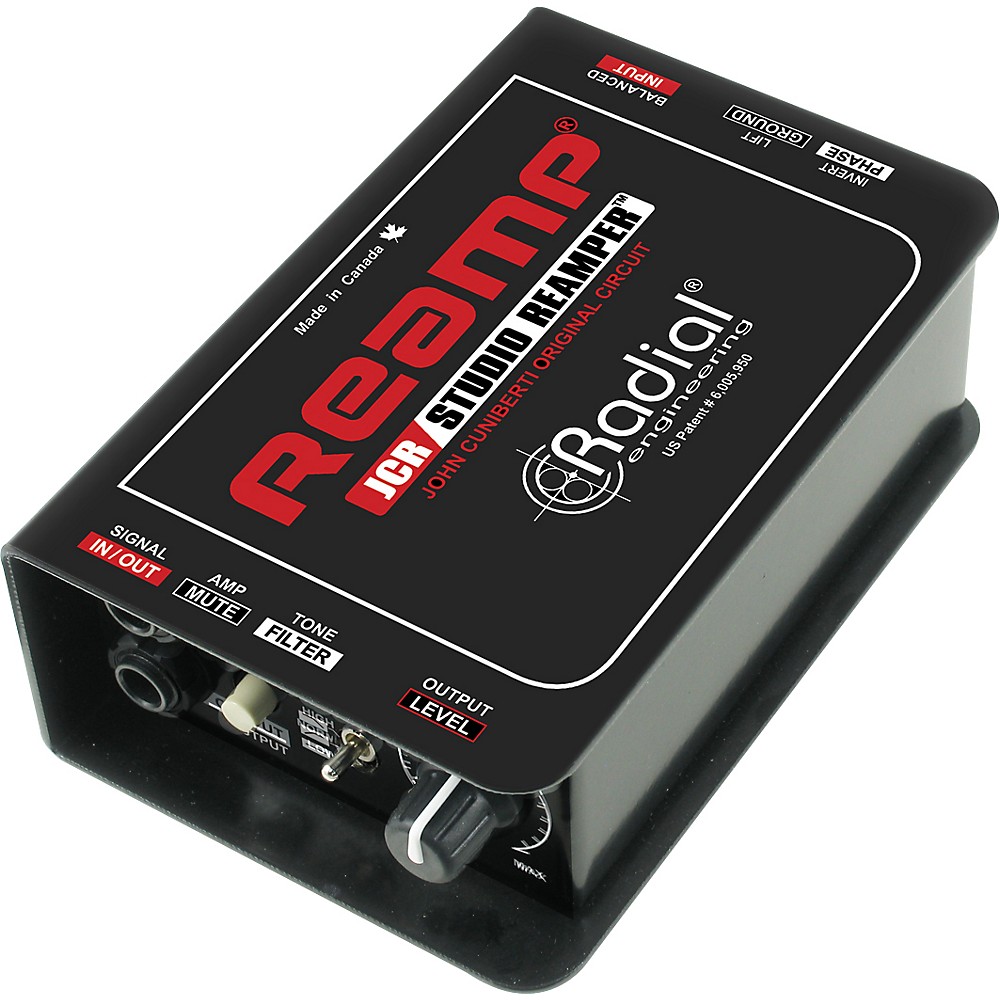

Slight tangent here but you seem to know what you're talking about. And having an active volume foot pedal can be useful for a variety of reasons (great for a keyboard rig if that happens to be what you need the DI for).Ĭlick to expand.Thank you will give that a try! I have an Ernie Ball MVP active volume foot pedal which seems to be as simple as it needs to be very quiet. The op-amp is a dual and there's an LED but it lasts for literally months on two batteries as long as I don't forget to switch it off.Īnother possibility depending on your circumstances is to just get some little booster pedal and make a TS to TRS or XLR cable or whatever cable you need. Unfortunately because that's so trivial, nobody seems to make such a thing.Ĭurrently I have one DI which is cheapo off-the-shelf unit that I hacked with 1) dual 9V battery bipolar supply and 2) a switch to make it impedance balanced out so that it can drive unbalanced loads. IMO the ideal modern DI would be a dual 9V single op-amp impedance balanced output in a smallish steel box. Phantom power noise on USB audio interfaces can be even worse because they have to use DC converters which are difficult to implement properly without polluting the noise floor with whistling noises. The small format mixers are quite common but usually they only allow switching phantom power on all channels together which can easily add noise to a mix. I don't have statistics of course but your average recording environment probably does NOT have phantom power available that would be useful for a DI. But these days the big analog desks aren't used as much. Phantom power is standard on large format mixing desks which long ago every studio used daily.

added a comprehensive set of measurements of Countryman type 85 active DI, Radial J48 active DI and Tritech DB-LL1 passive DI in posts #24, #25, #26 and #27.Click to expand.The obvious answer is that it's not powered. Active units usually have more consistent distortion performance, but may add noise (and obviously require a power source ).Edcor) may not always provide sufficient noise rejection for all use-cases. Vigortronix transformers seem to be a solid budget choice. see the Vigotronix unit and the 'pro snake' cable). Cheaper audio transformers can still perform pretty well, but you sometimes need to be careful with input levels to keep low-frequency distortion under audible levels (e.g.Jensen units are in my experience really superb, but I also find performance of the reasonably priced Palmer unit really impressive. Usually only very expensive ones do all three really well - e.g. I mainly grade audio transformers based on a) maximum input, b) LF distortion and c) noise rejection performance.In extreme cases of input overload/saturation we also see low-frequency FR deviations. All transformers I tested show rising low-frequency distortion.Here's a few takeaways based on my experience so far: I've been looking into the performance of audio transformers and DI boxes for many years now, since I use them for various sound production and live performance use-cases.


 0 kommentar(er)
0 kommentar(er)
